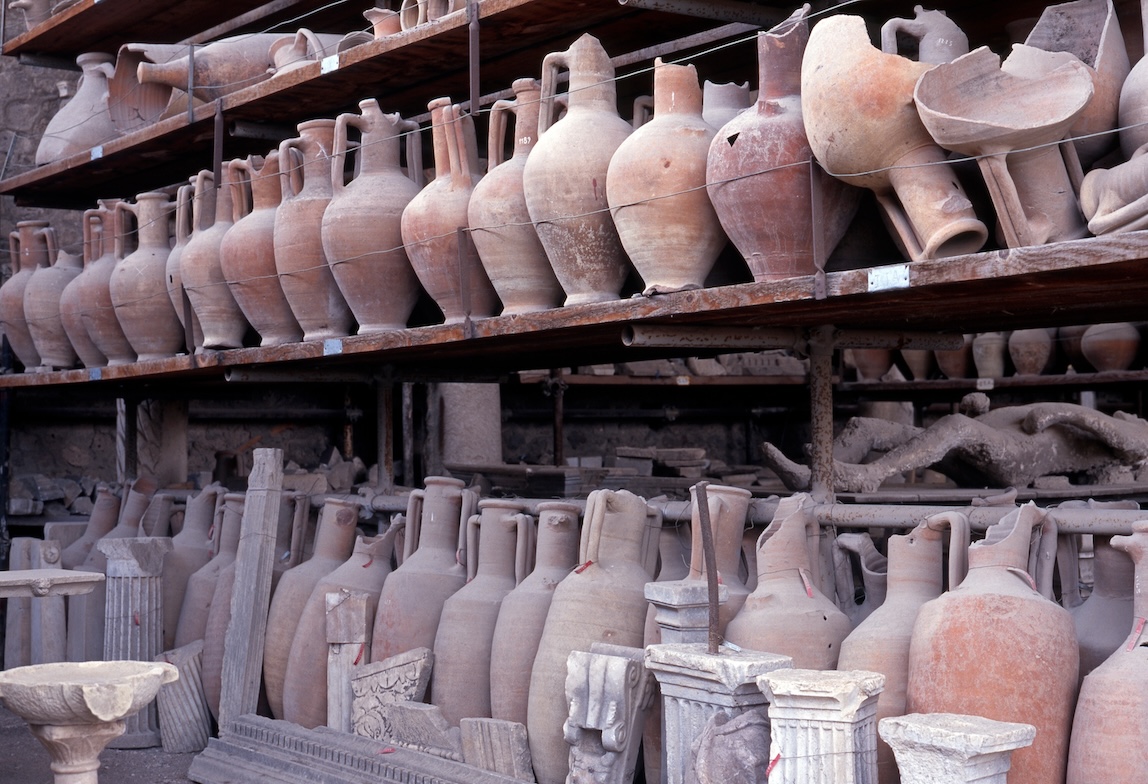Items from the age of the Caesars have been widely found across the large area which once was part of or interacting with the Roman empire. Today, data from these findings allow researchers at Aarhus University, Denmark, to recreate the underlying trading strategies with the help of High-Performance Computing (HPC).
To enhance the value of data from ancient societies, researchers have started utilizing agent-based models (ABMs). These are computational models which simulate the behavior and interactions of individual entities, known as agents, within a specified environment or system. Each agent in the model is typically programmed with a set of rules or algorithms that control its behavior, decision-making, and interactions with other agents and the environment.
“ABM is a valuable tool in archaeology that allows us to simulate and analyze the behaviors and interactions of individuals or groups in past societies, and the use of ABM allow comparison of the model against real archaeological data,” says Iza Romanowska, Assistant Professor at the Aarhus Institute of Advanced Studies, Aarhus University.
Understanding strategies of ancient traders
In one study, Iza Romanowska and her colleagues used ABM to map the distribution patterns of ceramic tableware in the Eastern Mediterranean between 200 BC and AD 300, and thereby understand the buying strategies of ancient traders.
To obtain the desired results, one needs to run the simulations multiple times – in this case about 800,000 times.
“This is possible with a laptop – if one plans to be doing their Ph.D. for 500 years. Supercomputing is bigger, faster, and better,” says Iza Romanowska.
To access supercomputing, the research team approached the national research and education network (NREN) of Denmark, DeiC. The DeiC Interactive HPC facility hosts out-of-the-box tools, like NetLogo, for working with ABM. Researchers can also use ABM frameworks for Python or R in one of the many development apps like JupyterLab or Coder.
Coding skills for humanities
While analysis of humanities data has become widespread, Iza Romanowska sees a gap in understanding the underlying processes that generate the observed patterns, resulting in underdeveloped explanatory frameworks:
“Within humanities including archaeology and history, data analysis is well-established. However, there’s a kind of fundamental disciplinary problem with that we don’t have or use many computational tools for theory building and theory testing. Supercomputing as a tool for the humanities can contribute to fill this gap.”
Iza Romanowska believes that more people in humanities should learn to code. And while many humanities researchers may not feel like they need supercomputing, perhaps they are not asking questions that could benefit from HPC:
“I would especially encourage junior researchers in the humanities to embrace supercomputing. It never hurts to acquire a skill, and many of those tools are becoming so easily available that it’s almost a shame not to use them.”
The text is inspired by the article “Utilizing agent-based models in archaeological data” by Anne Rahbek-Damm at the DeiC website.







